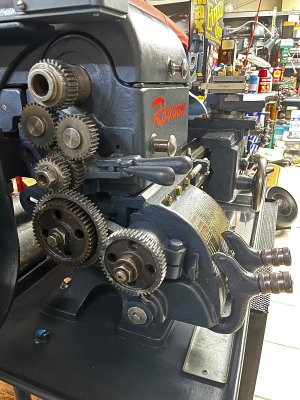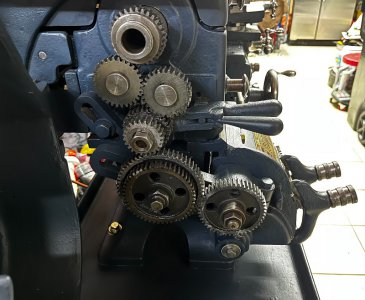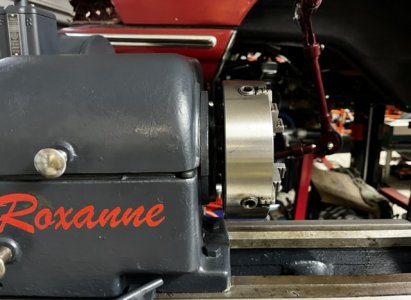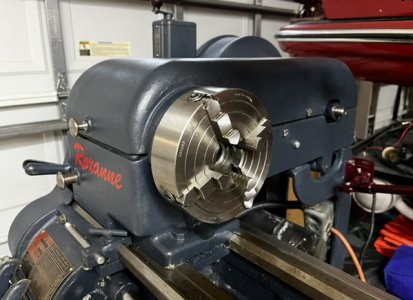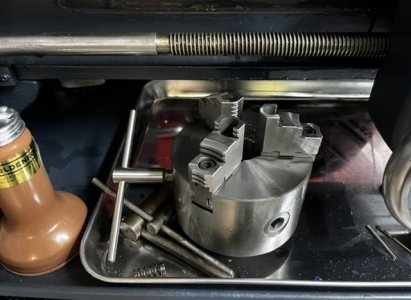- Joined
- Sep 28, 2013
- Messages
- 4,300
oh man, snapped tap or snapped bolt?
should be easy enough to fix if you're so inclined - take the cross slide off, mount it upright in the mill and very carefully center a 4 flute centercutting carbide endmill in the hole. Use a slow downfeed and peck and you'll get it out just fine. Pick out the rest of the tap with a small pick and the threads you already cut should be intact.
I've done it several times. it's a bit nervewracking but if you take your time you'll be fine.
Tapoh man, snapped tap or snapped bolt?
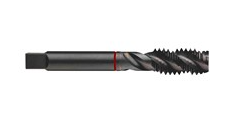
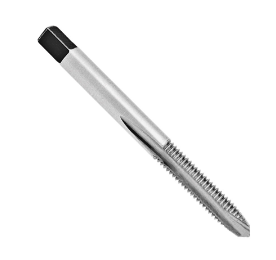
Yeah... I got the second tap on your reply... not the spiral flute tap... I will get some spiral flute taps. I did what you described for the first thread... then, on the second one, I got greedy... thinking I got it down... instead of following what I did in the first one, take it slow, one or two turns at a time, getting the tap out cleaning and going at it again... so there is nobody to blame but me.Running 2-56 taps reminds me of a line used by concrete contractors: There are two types of concrete; concrete that has cracked and concrete that hasn't cracked yet. If you do a lot of 2-56 tapping, you will break a tap! I had a project with 6 holes tapped 2-56 about 1/2" deep. It took over an hour to tap the holes as the part had about 10 hours of work in it before getting to the tapping job and I was SUPER paranoid about breaking a tap. Run the tap in a turn or maybe two, then back it out to clean out the chips. I even went to making a special tip for my compressor blow gun using a syringe needle to clear out the chips. Yeah, I was using a spiral-pointed tap in blind holes instead of a spiral-flute tap.
A couple of things you may consider in the future to help with the anxiety (at least it worked for me). Threaded fasteners are made for securing, not locating. Pins are made for locating, not securing. Sure, you can use screws to locate, but pins do a better job. Same for securing with a press-fit pin, it works, but you can't beat a good screw!
I'd have done 2 dowel pins in the bracket to locate the bracket and one tapped hole to secure the bracket. Or, maybe one dowel pin for the 4-way locator and use a screw as a 2-way locator and securing device. You'd be less likely to snap a drill bit than a tap; just lessens your chance of a problem having to thread 1 hole instead of 2.
Congrats on a great save! If anyone notices it, they're probably up to no good. I'd heard it multiple times from the Toolmakers at my former workplace: The sign of a good machinist is how well he/she can hide their F-ups.
Just in case you haven't seen them, spiral-flute taps are great for blind holes as they drive the chip up and out of the hole like a drill bit. Spiral-point taps are better for through-holes as they drive the chip down.
Great looking lathe, you should be proud!
Bruce
Spiral-flute tap for blind holes
View attachment 419291
Spiral-point tap for through holes
View attachment 419292
